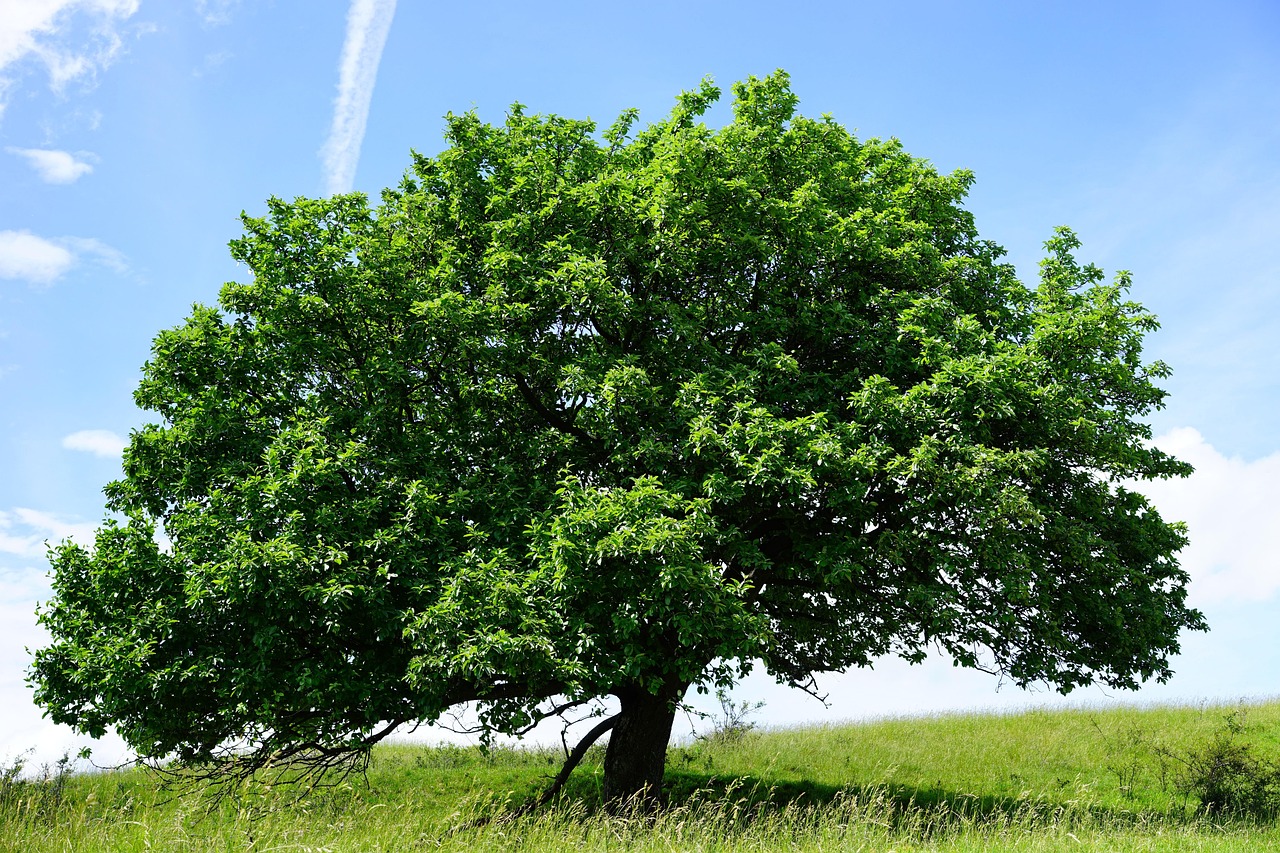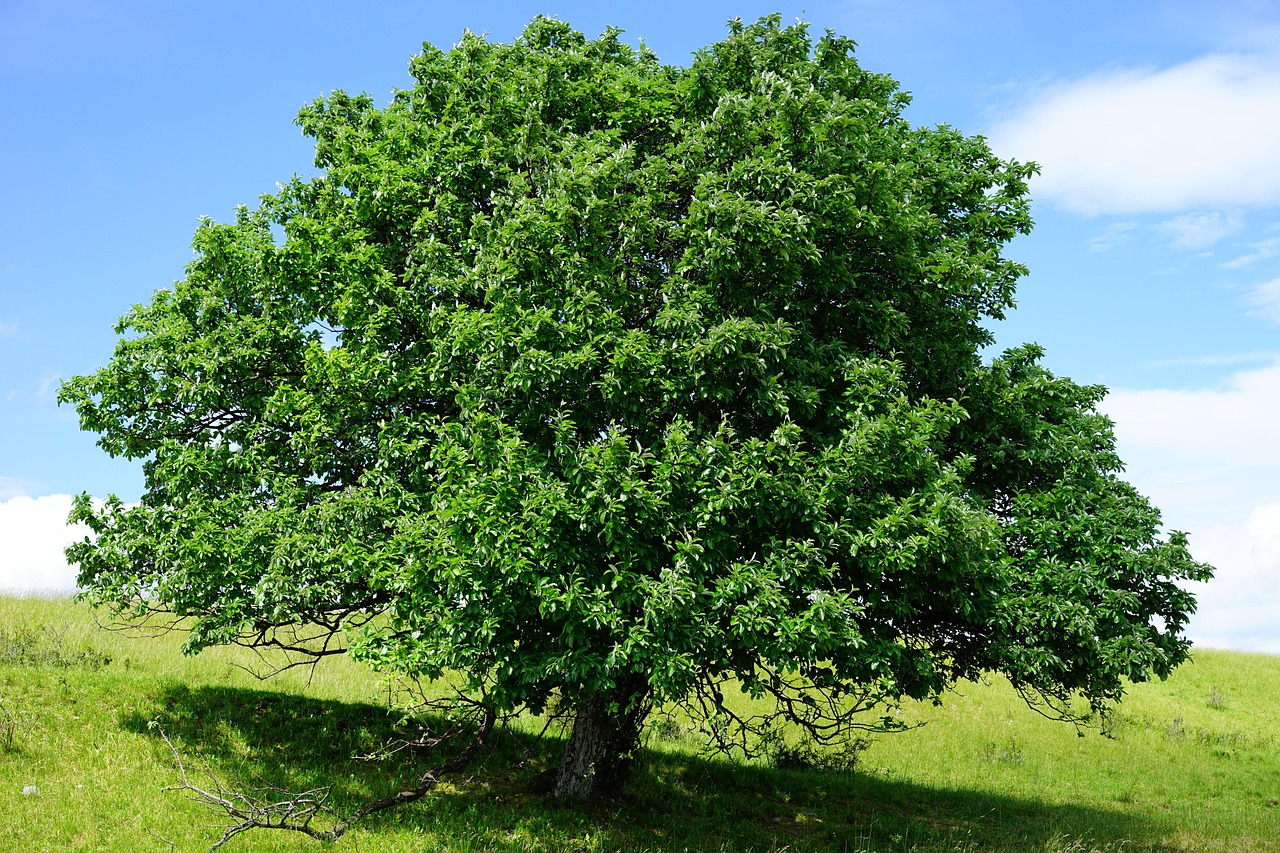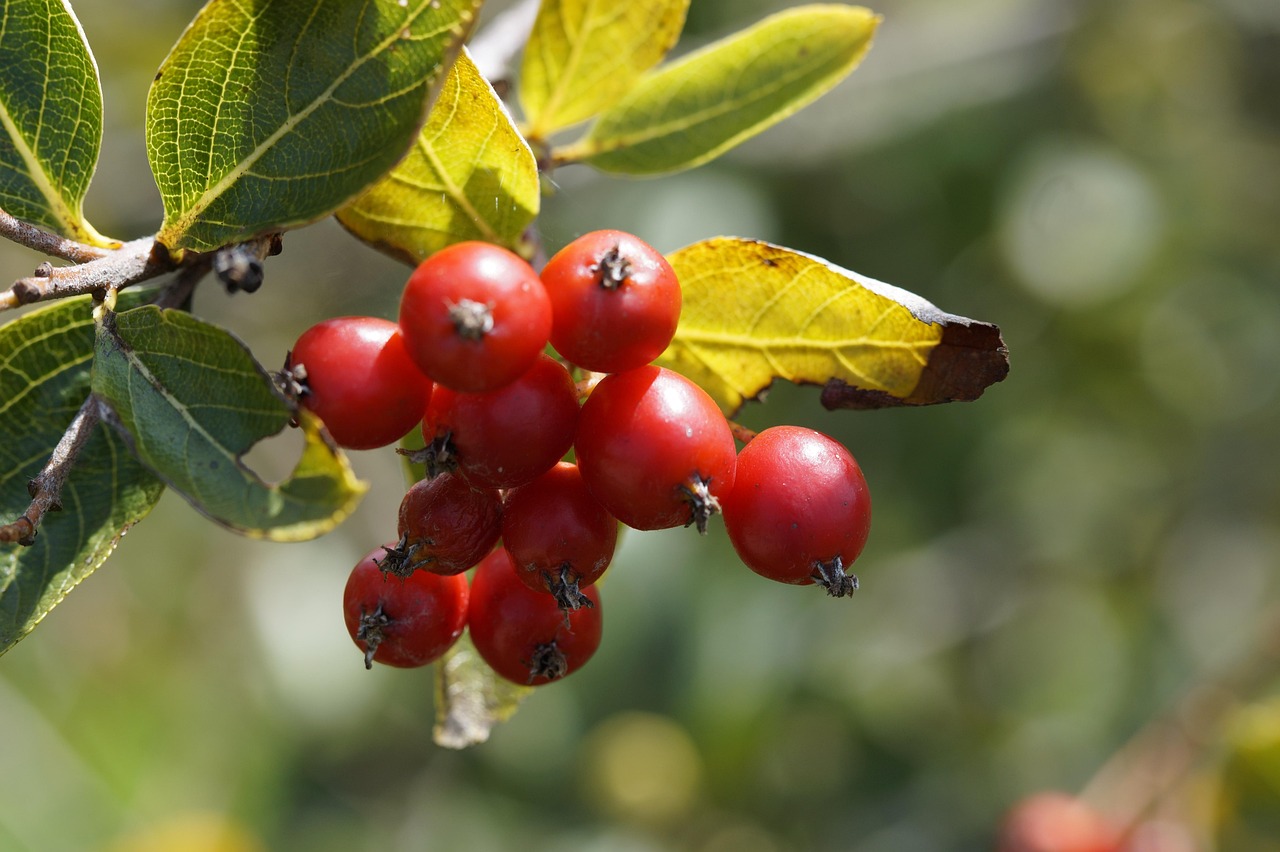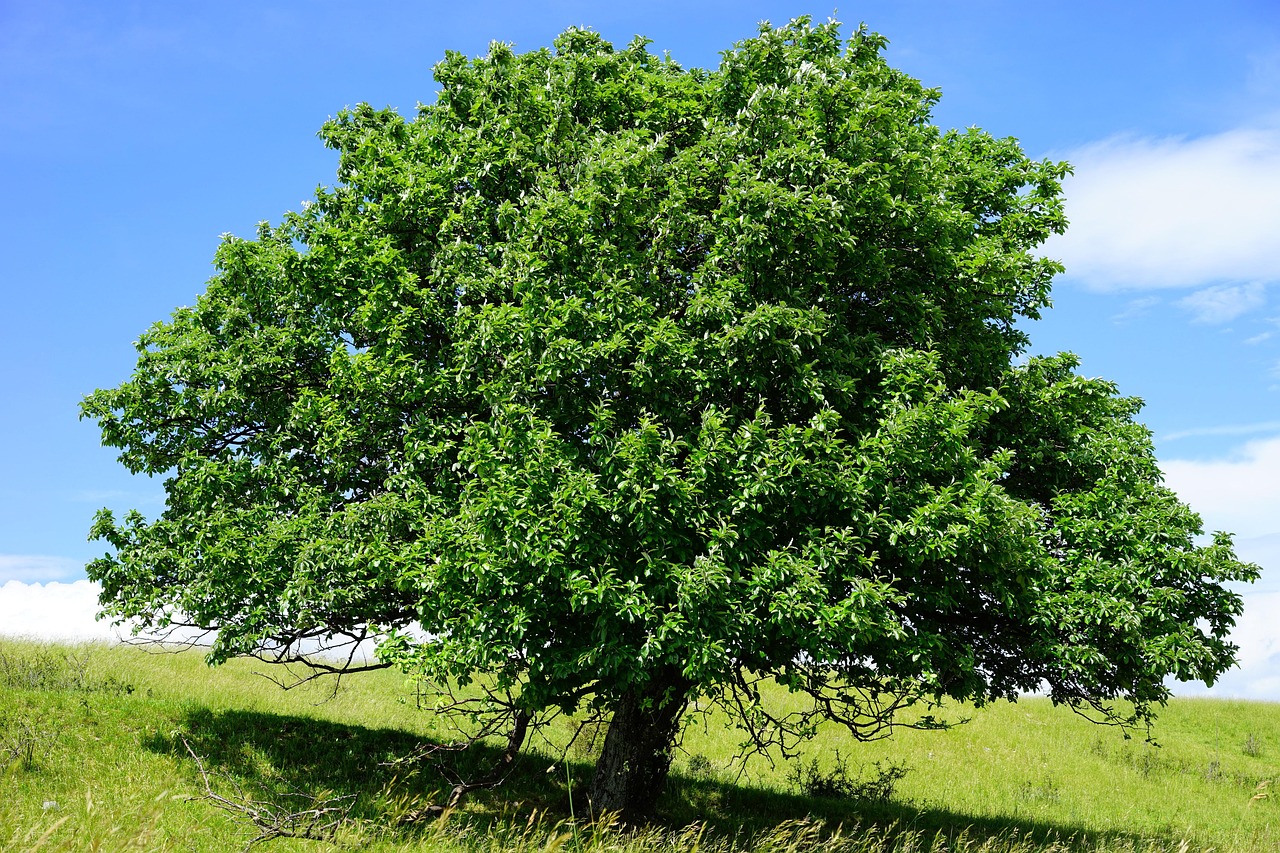The growth rate of whitebeam trees in urban parks typically varies based on environmental factors such as soil quality, water availability, and competition with other vegetation. Generally, these trees can achieve a moderate growth rate, averaging 12 to 24 inches per year under optimal conditions. Regular maintenance and proper care can enhance their growth in urban settings.
The Whitebeam tree typically exhibits a moderate growth rate in urban parks, averaging about 12 to 24 inches per year under optimal conditions. Factors such as soil quality, water availability, and urban stressors can affect this growth rate significantly.
Understanding the Whitebeam Tree
The Whitebeam tree, scientifically known as Sorbus aria, is a member of the Rosaceae family. This deciduous tree is native to Europe and is commonly found in various habitats, including woodlands, hedgerows, and urban parks. Its adaptability to different soil types makes it an attractive choice for landscaping in cities.

Urban parks provide a unique environment for tree growth. The combination of soil compaction, pollution, and limited space can pose challenges. However, the Whitebeam tree has qualities that help it thrive in these settings. It is known for its resilience and ability to tolerate poor soil conditions, which is essential for urban environments.
Growth Characteristics
Whitebeam trees are characterized by their broad, spreading crowns and attractive foliage. The leaves are simple and oval-shaped with a glossy green appearance that turns yellow in the fall. These trees can reach heights of 25 to 50 feet, making them suitable for parks and larger urban landscapes.
Factors Influencing Growth Rate
The growth rate of Whitebeam trees in urban parks can be influenced by several factors:

- Soil Quality: Well-drained, loamy soils promote healthier growth.
- Water Availability: Regular watering during dry spells is crucial for maintaining growth rates.
- Sunlight: Adequate sunlight exposure is important for photosynthesis and overall health.
- Pollution Levels: High levels of air pollution can stunt growth and affect leaf development.
Growth Rate Comparison
To better understand the growth of Whitebeam trees, it is helpful to compare their growth rates with other common trees found in urban parks. The following table outlines the average growth rates of several tree species:
| Tree Species | Average Growth Rate (inches per year) |
|---|---|
| Whitebeam (Sorbus aria) | 12 – 24 |
| Red Maple (Acer rubrum) | 24 – 36 |
| London Plane (Platanus × acerifolia) | 24 – 30 |
| Silver Birch (Betula pendula) | 18 – 24 |
| American Elm (Ulmus americana) | 18 – 30 |
Cultivation in Urban Parks
Planting Whitebeam trees in urban parks serves multiple purposes. They provide shade, enhance biodiversity, and improve air quality. Their ability to adapt to urban conditions makes them a preferred choice among city planners and landscape architects.
The establishment phase is critical for Whitebeam trees. During this period, proper care and maintenance are necessary to ensure successful growth. Regular pruning and monitoring for pests can help maintain tree health and encourage robust growth.

Maintenance Requirements
To promote optimal growth rates for Whitebeam trees, certain maintenance practices should be followed:
- Regular Watering: Water deeply during dry periods to support root development.
- Mulching: Apply mulch to retain moisture and suppress weeds around the base of the tree.
- Pruning: Trim dead or diseased branches annually to maintain structural integrity.
- Pest Management: Monitor for common pests such as aphids and caterpillars, treating them promptly.
The Whitebeam tree’s ability to adapt to urban environments makes it a valuable addition to city landscapes. By understanding its growth requirements and challenges, urban planners can enhance the health and longevity of these trees in public spaces.
Impact of Urban Environment on Whitebeam Growth
The urban environment presents unique challenges and opportunities for the growth of Whitebeam trees. Understanding these factors is essential for promoting their health and longevity. Urban settings can significantly influence various aspects of tree growth, including root development, leaf production, and overall vitality.

Soil Compaction and Quality
One of the primary challenges facing Whitebeam trees in urban parks is soil compaction. Compacted soil can restrict root growth and limit the availability of nutrients and water. The following points highlight the effects of soil quality on Whitebeam growth:
- Nutrient Availability: Poor soil quality can lead to nutrient deficiencies, affecting tree health.
- Water Drainage: Compacted soil tends to retain water, leading to root rot if drainage is inadequate.
- Root Growth: Healthy root systems are vital for stability and nutrient uptake; compacted soil hinders this development.
Air Quality Considerations
Air pollution is another concern for urban trees, including Whitebeams. Pollutants such as nitrogen dioxide and sulfur dioxide can have detrimental effects on tree foliage and growth rates. Key points regarding air quality impacts include:
- Leaf Damage: Pollutants can cause leaf burn, reducing photosynthesis efficiency.
- Growth Inhibition: Chronic exposure to pollutants may stunt overall growth and health.
- Adaptation Mechanisms: Whitebeam trees exhibit some resilience to air pollution, but their growth may still be affected.
Climate Factors Affecting Growth
Climate plays a crucial role in determining how well Whitebeam trees thrive in urban parks. Temperature fluctuations, precipitation patterns, and seasonal changes all contribute to their growth dynamics.
Temperature Variations
Urban areas often experience the “urban heat island” effect, where temperatures can be significantly higher than in surrounding rural areas. This phenomenon can lead to:
- Extended Growing Seasons: Warmer temperatures may allow for longer growing periods, potentially increasing growth rates.
- Heat Stress: Excessive heat may cause stress, leading to reduced vigor and increased vulnerability to pests.
Precipitation Patterns
Rainfall is critical for the health of Whitebeam trees. However, urban environments can alter natural precipitation patterns through runoff and evaporation. Important considerations include:
- Water Availability: Stormwater management practices can help ensure adequate water supply for trees during dry periods.
- Drought Conditions: Extended periods without rain can significantly impact growth rates and tree health.
Biodiversity and Ecosystem Benefits
The presence of Whitebeam trees contributes to urban biodiversity. They provide habitat for various species and enhance the ecological balance in city parks. The benefits of incorporating Whitebeams into urban landscapes include:
Habitat Provision
Whitebeam trees support numerous birds, insects, and other wildlife. Their dense foliage serves as a shelter and food source. Key benefits include:
- Nesting Sites: Birds often build nests in the branches of these trees.
- Pollen and Nectar Source: Insects benefit from the flowers produced by Whitebeams during the blooming season.
- Biodiversity Enhancement: A diverse array of species supports a balanced urban ecosystem.
Aesthetic and Recreational Value
The visual appeal of Whitebeam trees enhances the landscape of urban parks. Their seasonal color changes add beauty throughout the year. Additional considerations include:
- Shade Provision: These trees provide shade, making parks more enjoyable for visitors.
- Cultural Significance: Many communities value trees as symbols of nature within urban settings.
Incorporating Whitebeam trees into urban parks not only enhances the environment but also contributes positively to community well-being. Understanding their growth rate and the factors influencing it is vital for successful urban forestry initiatives.
Challenges in Whitebeam Tree Growth
Despite their adaptability, Whitebeam trees face several challenges in urban environments that can hinder their growth. Understanding these challenges is essential for effective management and care.
Pest and Disease Management
Urban settings can create a perfect storm for pest and disease pressures. Whitebeam trees may encounter a variety of threats, including:
- Aphids: These small insects can sap the tree’s vitality by feeding on its sap, leading to wilting and leaf drop.
- Leaf Spot Diseases: Fungal infections can cause unsightly spots on leaves, reducing photosynthetic efficiency.
- Caterpillars: Various species may feed on the foliage, leading to defoliation and stress on the tree.
Environmental Stressors
Urban environments expose Whitebeam trees to several stressors that can impact their growth and overall health:
- Soil Salinity: Road salt used in winter can accumulate in urban soils, adversely affecting tree health.
- Air Temperature Variability: Sudden temperature changes can stress trees, affecting growth and resilience.
- Limited Root Space: Urban infrastructure often limits the space available for root expansion, which can stunt growth.
Strategies for Enhancing Growth
To overcome the challenges faced by Whitebeam trees in urban parks, several strategies can be implemented. These practices aim to foster healthier growth and improve overall tree health.
Soil Improvement Techniques
Enhancing soil quality is crucial for the growth of Whitebeam trees. Some recommended techniques include:
- Aeration: Regularly aerating compacted soil allows for improved root penetration and water absorption.
- Addition of Organic Matter: Incorporating compost or mulch improves soil structure and nutrient content.
- Soil Testing: Conducting soil tests can help identify deficiencies and guide fertilization efforts.
Irrigation Practices
Proper irrigation is vital for maintaining healthy Whitebeam trees. Effective watering strategies include:
- Deep Watering: Watering deeply promotes strong root development rather than shallow surface roots.
- Drip Irrigation: This method conserves water and ensures consistent moisture levels around the root zone.
- Rainwater Harvesting: Utilizing rain barrels for irrigation can reduce reliance on municipal water sources.
The Role of Community Engagement
Community involvement plays a significant role in maintaining urban parks and supporting the growth of Whitebeam trees. Engaging local communities fosters a sense of stewardship and encourages active participation in tree care.
Educational Programs
Informing community members about the importance of trees can lead to better care. Educational initiatives may include:
- Workshops: Host events focused on tree planting, care, and maintenance.
- School Programs: Integrate tree education into local school curriculums to instill appreciation for nature in young people.
- Volunteer Days: Organize volunteer events where community members can assist in planting and maintaining trees.
Civic Involvement
Civic organizations can play a vital role in enhancing urban green spaces by:
- Sponsoring Tree Planting Events: Collaborate with local governments to plant new Whitebeam trees in parks.
- Advocating for Urban Forestry Policies: Support initiatives that promote sustainable urban forestry practices.
- Creating Awareness Campaigns: Raise awareness about the benefits of Whitebeam trees and urban forestry in general.
The Future of Whitebeam Trees in Urban Parks
The future of Whitebeam trees in urban parks hinges on effective management practices and community support. By addressing challenges and implementing strategies for growth, these trees can continue to thrive in urban environments. Future research may also explore innovative ways to enhance tree resilience against urban stressors, ensuring their continued presence in city landscapes.
The ongoing development of urban parks must consider the ecological contributions of Whitebeam trees. Sustaining their growth will contribute positively to biodiversity, air quality, and community well-being.
Challenges and Opportunities Ahead
The future of Whitebeam trees in urban parks is not only promising but also filled with challenges that require proactive strategies. As cities continue to grow and evolve, the importance of integrating greenery into urban planning becomes increasingly evident. Whitebeam trees, with their adaptability to urban conditions and environmental benefits, stand as a vital component of this green infrastructure.
Ongoing urban development poses potential threats to the survival and growth of Whitebeam trees. Issues such as increased pollution, climate change, and land development can significantly impact their health. However, these challenges also present opportunities for innovation in urban forestry. New technologies and methods can be developed to enhance the resilience of trees against these stressors.
Innovative Approaches to Urban Forestry
As cities recognize the importance of green spaces, innovative approaches to urban forestry are emerging. Some noteworthy advancements include:
- Smart Water Management Systems: These systems utilize sensors and data analytics to optimize irrigation, ensuring that trees receive adequate water without wastage.
- Green Roofs and Vertical Gardens: Incorporating Whitebeam trees into green roofs and vertical gardens can maximize space in densely populated areas while providing ecological benefits.
- Tree Canopy Mapping: Using drones and GIS technology, cities can map tree canopies to monitor health and growth rates effectively.
Collaborative Efforts for Urban Green Spaces
Collaboration between local governments, non-profit organizations, and community members is essential for the successful management of Whitebeam trees in urban parks. Some collaborative initiatives include:
- Community Stewardship Programs: These encourage local residents to participate in tree care activities, fostering a sense of ownership and responsibility.
- Partnerships with Environmental Organizations: Collaborating with experts can bring valuable knowledge and resources for tree management and preservation efforts.
- Public Engagement Campaigns: Raising awareness about the ecological benefits of Whitebeam trees can encourage community support for urban forestry initiatives.
Final Thoughts
The growth rate of Whitebeam trees in urban parks is influenced by a myriad of factors, including environmental conditions, soil quality, and community involvement. Their ability to adapt to urban stressors makes them a valuable asset for enhancing city landscapes. By understanding the growth patterns and challenges associated with these trees, urban planners and communities can implement effective strategies for their cultivation and maintenance.
Moreover, the ecological contributions of Whitebeam trees cannot be overstated. They provide essential habitat for wildlife, improve air quality, and offer aesthetic and recreational benefits that enhance the quality of life for city dwellers. As urban environments continue to expand, it is crucial to prioritize the integration of these trees into city planning efforts.
In conclusion, the sustainable growth of Whitebeam trees in urban parks requires a collaborative approach that combines effective management practices with community engagement. By investing in the care and preservation of these trees, cities can foster healthier environments that benefit both residents and wildlife alike. The future of urban parks can be brightened significantly through the commitment to maintaining and enhancing the presence of Whitebeam trees within our communities.
